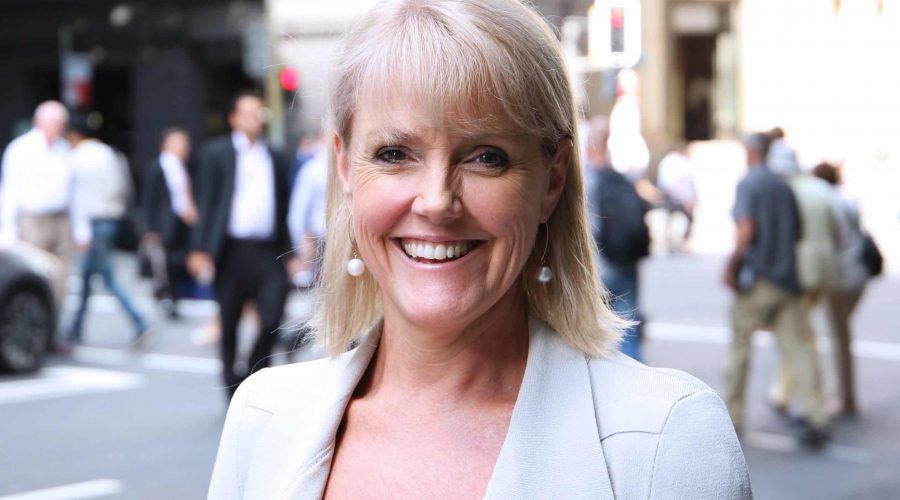Too often the retirement super gap is pegged as an issue for women alone and I think this position misses the mark.
The retirement super gap is an issue for all Australian families. For us to make real headway to achieve equality between men and women in retirement, we need to consider how we as a country support the people who take time out of the workforce to do the important job of raising the next generation.
Our super system is built on the basic premise the more you put in the more you have to take out in when you stop working.
This is good news for those who are employed full time without career breaks, but for women predominantly, who take time out to care for children, it can have a devastating impact on the amount of money they have in retirement.
In my personal case, it was the reverse. My husband has been the primary carer for our two children. However, after 25 years of working as an ambulance officer, and having taken several career breaks to support our children and to help me lean in at work – we realised he had built up very little super.
This is a problem echoed around the dinner tables of families across Australia.
We know that it mainly impacts women, but as we break down gender stereotypes and change the ingrained views about the roles men and women play working and raising our young – we will find the retirement income gap becomes a bigger issue for men as well.
Latest figures from the Australian Bureau of Statistics (ABS) show 70 per cent of women with children under 15 are now in paid employment.
There has also been a rise in both parents working five days per week, with 21 per cent of families with children aged 0-4 years old now employed full time.
The traditional dynamics of the Australian family unit are changing. If you live in a capital city in Australia, particularly Sydney or Melbourne, two incomes are often required to support ever increasing mortgages.
This means women are now contributing more money to their super which is a good thing for retirement.
We know that the gender retirement gap is reducing, with statistics from the ABS showing the gap is now at 28 per cent.
This is a record low, although we shouldn’t lose sight of the fact the difference between the retirement incomes of men and women is still incredibly large.
Solving the gender retirement gap will take a combined effort from government and business.
Workplace flexibility is one of the keyways to help parents stay in the workforce.
It’s a fact of life working mums and dads have a lot on their plate – the mental load is a very real thing.
Progressive companies who offer parents flexibility to help with school start times for example, retain some of their best and brightest employees who otherwise may have retreated from the workforce.
Increasing education standards, starting in school, about how our superannuation system works and the impact if making voluntary contributions to help make up for time spent out of the workforce may also be effective.
At a government level, particularly with the Retirement Income Review underway we should be working towards policies to help working parents make up the retirement super gap.
There’s no one silver bullet here and realistically solving this problem will take time – but that shouldn’t stop us from trying. My children are now older and my husband and I have combined our super so that we can grow it together.
My aspiration is for us to get to a point through awareness, education and action, where all Australians can retire with an income that enables them to live their best life after work.













